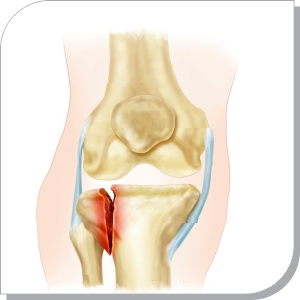Physiotherapy for Knee Pain
Shoulder joint is a complex joint formed by the upper arm bone (humerus) and the shoulder blade bone (scapula). It reinforced and supported by a wide range of muscles and ligaments. Considerably, the most mobile joint and is encapsulated in a sheath of connective tissue (shoulder joint capsule). Its structure and function is what makes it more prone to pain and injury.
Knee pain can be aggravated by physical activity, as well as obesity, affected by the surrounding muscles and their movements, and be triggered by other problems (such as a foot injury).
Knee pain can affect people of all ages, and home remedies can be helpful unless it becomes severe.
The common conditions encountered by the knee joint are





Your Question, Expert answers for Shoulder Pain
How can physiotherapy help in Knee Pain?
Physiotherapy treatment will vary widely between patients based on the following factors:
- The diagnosis
- Stage of injury (acute or chronic)
- Fitness level of the patient
- Patients lifestyle factors and goals of treatment
- Severity of the injury or the underlying disease
Treatment will likely involve some combination of patient education, manual therapy, modalities if needed and ergonomic advice all expertly designed by the physiotherapist to address the patient’s specific diagnosis and achieve their functional goal
Some of the other signs and symptoms that accompany knee pain are ?
- Difficulty weight bearing or walking due to instability of the knee
- Limping due to discomfort
- Difficulty walking up or down steps due to ligament damage
- Locking of the knee (unable to bend the knee)
- Redness and swelling
What causes Knee Pain?
There are a varied number of causes for knee pain. The most common ones are:
- Acute injury: such as a broken bone, torn ligament, or meniscal tear
- Medical conditions: rheumatoid arthritis, osteoarthritis, infections
- Chronic use or overuse conditions: osteoarthritis, chondromalacia, IT band syndrome, patellar syndromes, tendinitis, and bursitis
What are knee pain symptoms and signs?
The location of the knee pain can vary depending on which structure is involved. With infection or an inflammatory process, the whole knee might be swollen and painful, while a torn meniscus or fracture of a bone gives symptoms only in one specific location. A Baker cyst will usually cause pain in the back of the knee.

 +919325609388
+919325609388